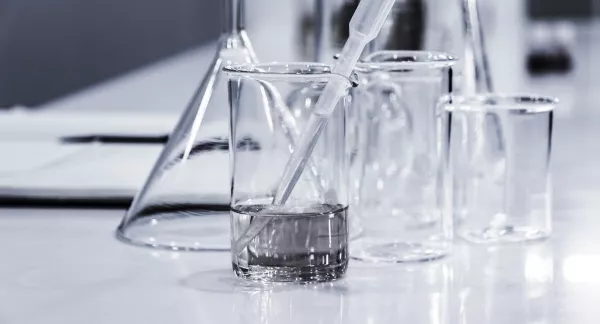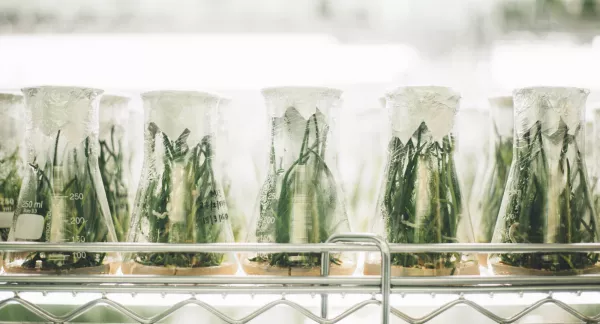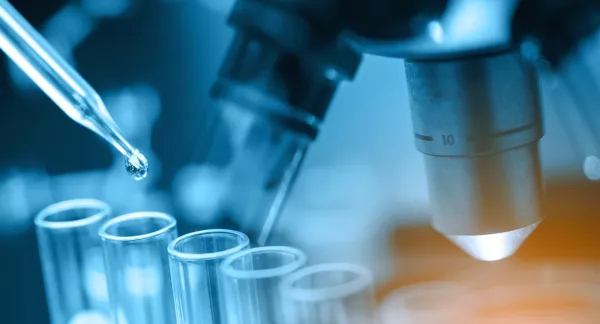Kinetic Modeling and Experimental Investigation of Chloramine Photolysis in Ultraviolet-Driven Advanced Water Treatment
Abstract
This project elucidates the ultraviolet-driven advanced oxidation process (AOP) of trace organic contaminants in wastewater effluent on the basis of one oxidant (i.e., chloramine). The project identifies pathways for applying the new knowledge in partnership with the Orange County Water District, which operates the world’s largest advanced water treatment system for potable reuse. Prior studies on UV/AOP have focused extensively on hydrogen peroxide (H2O2) as the de facto oxidant; however, the intrinsic scavenging effect of H2O2 decreases the efficiency of contaminant degradation. More importantly, AOPs are typically utilized downstream of membrane treatment processes that employ chloramine as an anti-fouling treatment, resulting in chloramine in the product water that undergoes photolysis in UV/AOP. The underlying hypothesis of this research was that chloramine can produce unique reactive species under UV photolysis, and the solution chemical conditions (e.g., pH, chloride, and bicarbonate) can be optimized to maximize contaminant degradation and minimize the energy footprint of UV-based water treatment and reuse. Tailored Collaboration Partner: Orange County Water District (CA). Published in 2019.



